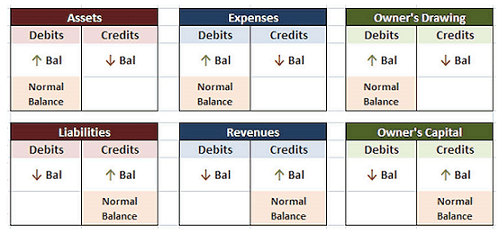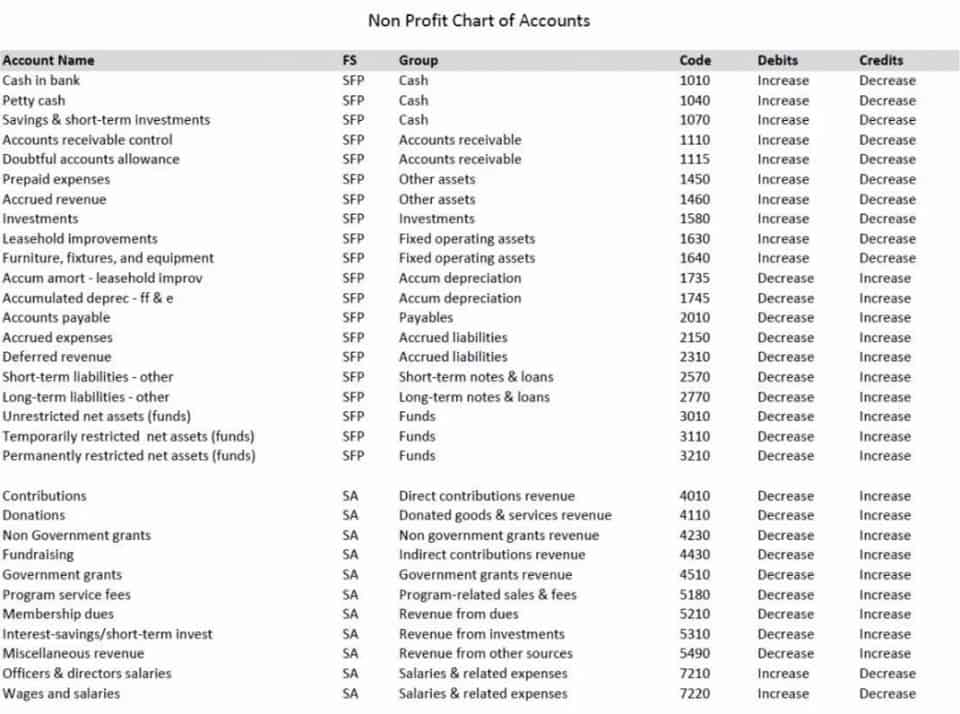
This all-in-one platform empowers legal professionals to focus on providing exceptional legal services while ensuring the smooth operation of their practice. There are several steps firms can take to reduce the time they spend chasing up late payments and make life as easy as possible for their clients. What’s more, with tools like Clio Manage, you can resolve potential chargebacks from one single portal in no time. Isn’t it ironic that you earn money as a lawyer or attorney but face delays in getting paid by the clients? We know you give your best recording transactions while working on a case, and it’s a bit disheartening when all your hard work goes down the drain as you send out the bills but get no payment or response.
Get The Latest Subscription Now
- When the firm realizes the due date has passed, it reaches out to its clients to remind them about their invoices.
- Firms must adhere to Generally Accepted Accounting Principles (GAAP) or International Financial Reporting Standards (IFRS) to ensure transparency and accuracy.
- An estimated 70% of clients want the option to pay via a payment plan, 65% want the option of legal insurance, and 53% want the opportunity to crowdfund their legal bills.
- Ideally, your firm’s time-tracking software should integrate with your billing and invoicing technology.
- Keeping A/R within a reasonable quota shows the “health” of your firm’s finances, reflecting its ability to cover expenses without needing additional credit or cash flows.
- Automatic invoice creation and predetermined schedules ensure timely delivery, eliminating late fees and potential client disputes.
Simply put, accounts receivable refers to the money that your firm has earned but has not yet collected from clients. Think of it as those unpaid invoices that are just waiting to be settled. This process is foundational for a law firm’s financial health, directly impacting cash flow and overall stability. You might be familiar with the term ‘accounts receivable,’ which simply refers to the money customers owe a business for the goods or services it provides. So, in the legal world, accounts receivable indicates the payment clients owe the lawyers or the law firm.

Best Practices for Improving Law Firm’s Accounts Receivable Process

When clients fail to pay their invoices promptly, it can create a sense of uncertainty and frustration, making it difficult for attorneys to maintain a positive working relationship. This can be particularly problematic for firms that rely on repeat business or referrals from satisfied clients. Managing payments, remembering to send reminders, and constantly following up with clients can add up to a significant amount of non-billable work. Instead, you can set up automated reminders as the next billing date approaches. Great attorneys often go out of their way to serve individual clients.
Find the talent you need to grow your business
With our extensive background in Creditors’ Rights, we offer comprehensive solutions and strategies to help you recover outstanding balances efficiently and effectively. Tratta can be your reliable partner in collecting payments and enhancing client experience through personalized messages and reminders. Offer multiple payment options – checks, ACH, credit cards, online payments.


Accounts Receivable bookkeeping and payroll services are the outstanding payments your firm still expects to receive for your services. Collecting promptly on A/R is critical for your working capital – which keeps your lawyers and staff paid and your firm operational. Once your firm provides legal services, an invoice is created and sent to the client. This is where the financial relationship begins your hard work is now officially documented and ready for payment.
Promptly Follow up on Overdue Payments

These plans allow clients to spread their legal fees over a set period, ensuring a more predictable and consistent cash flow for your firm. It’s a win-win situation—your clients benefit from manageable payments, and your firm enjoys a steadier financial stream. By implementing a few key strategies around invoicing, collections, and write-offs, legal professionals can dramatically improve their accounts receivable management. Transforming your law firm’s financial performance starts with optimizing your accounts receivable.
How Virtual Legal Assistant Services Improve Lead Conversion
They are often viewed more quickly by clients, which can speed up payment times. Whether you choose to bill monthly or upon reaching specific project milestones, consistency is key. As an attorney, you may decide that you want to provide services after a retainer is supplied or through a payment plan. If you opt to provide services on a payment plan, make sure that you have good credit policies. You can read more about how to set up your credit control policies by clicking here.
Overcoming the challenges in collecting law firm accounts receivable
- Law firms must maintain meticulous records and comply with trust account regulations.
- Typically, firms focus their efforts on those clients that pay in a timely manner and avoid working with older accounts because they take time and are often not pleasant to deal with.
- Hence, it’s always best to send an invoice at a time when clients appreciate you and your work.
- Features like automated reminders for overdue payments reduce administrative burdens and improve collections.
- Now that you’ve made a great first impression, it’s important to maintain that level of service by keeping clients up-to-date on their case, billing, and account status.
Plus, it can take a lot of time to transfer that information to invoices. Customized financial metrics and dashboards offer deeper operational insights. Metrics like profit per partner, revenue per lawyer, and utilization rates reveal productivity and profitability trends. Data analytics enable firms to benchmark performance against industry standards and identify areas for improvement. These practices align financial goals with strategic law firm accounts receivable management objectives, driving sustainable growth.